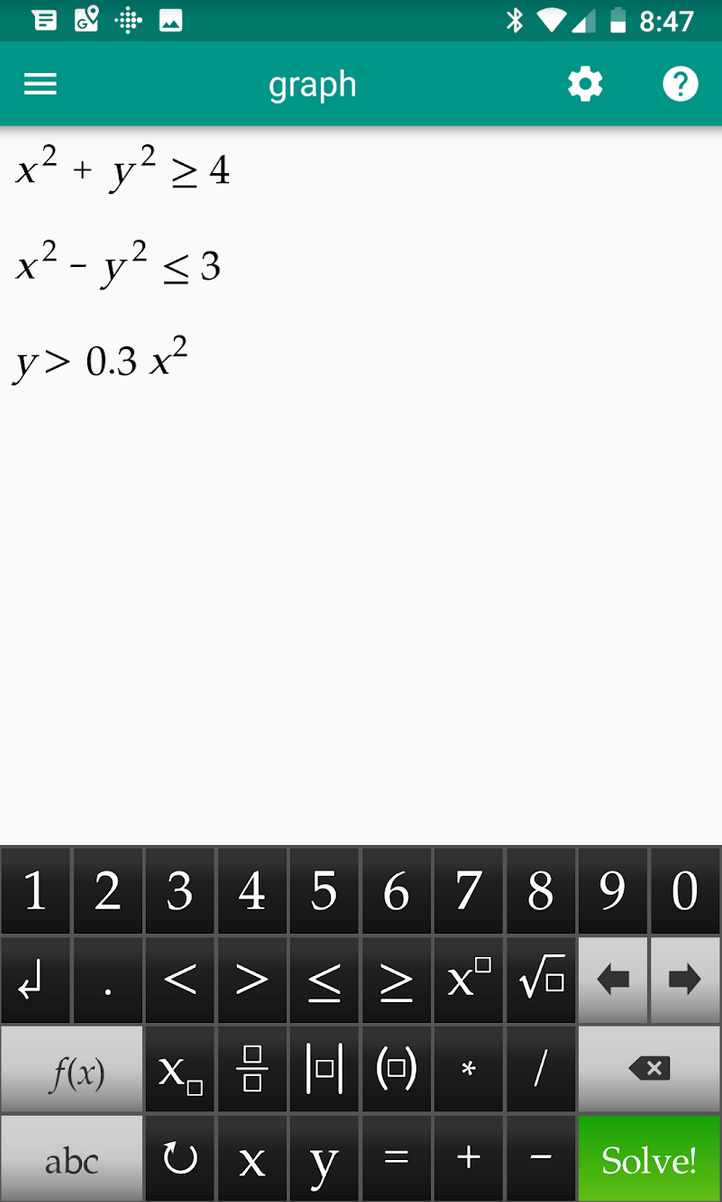

The most basic calculator is the four-function calculator, which can perform basic arithmetic such as addition, subtraction, multiplication and division. Today, there are a variety of calculators, from brands such as Casio and Texas Instruments, available to serve different mathematical needs. Types of calculatorsĬalculators have evolved over the last several decades.

But in the practical sense, a computer is far more than a mere calculator because of the wide variety of noncomputational tasks it can perform. Theoretically, a modern computer is a calculator that works with binary numbers and has a much larger memory. The buttons are actuated by pointing and clicking. Today's personal computers can still perform such operations, and most are provided with a virtual calculator program that looks, on screen, like a hand-held calculator. These were the first personal computers.Īdditionally, calculators have digital versions that can be downloaded or come with most smartphone and personal computer operating systems. Modern calculatorsĪs calculators became more advanced during the 1970s, they were able to make problem-solving computations involving variables (unknowns). It is said that a skilled abacus user can do some calculations just as fast as a person equipped with a battery-powered calculator. The beads are positioned in several parallel rows and can be moved up and down to denote arithmetic operations. Like the slide rule, the abacus requires no source of power. The abacus acts as an adding machine that uses groups of beads to denote numbers. One of the most primitive calculators, the abacus, is still used in some regions of the Far East. The slide rule did not require any power source, but its precision was limited, and it was necessary to climb a learning curve to become proficient with it. A movable, transparent sleeve called the cursor was used to align numerals on the scales.


 0 kommentar(er)
0 kommentar(er)
